Soll eine Wärmepumpe die Öl- oder Gasheizung ersetzen, wird in der Regel auf den bisherigen Energieverbrauch abgestützt. Das führt dazu, dass oft zu grosse Wärmepumpen eingebaut werden. Ein Basler Heizungsfachmann macht das anders. Ist das ein Vorzeige-Beispiel? Weiterlesen
Schlagwortarchiv für: erneuerbare Energien
13 Gesuche für SWEET-Fördergelder eingegangen
Welche Technologien müssen entwickelt werden, um erneuerbare Energien in ein nachhaltiges und stabiles Energiesystem zu integrieren? Das war der Themenbereich des ersten Calls des neuen Förderprogramms SWEET. Die Eingabefrist lief am 12. Oktober 2020 ab. Es wurden 13 Projekte eingereicht, die Wege hin zu einem nachhaltigeren Energiesystem aufzeigen. Weiterlesen




 1 Vote(s), Durchschnitt: 5,00
1 Vote(s), Durchschnitt: 5,00Welche Auswirkungen hat die Covid-Pandemie auf die Energienachfrage und auf die CO2-Emissionen? Antwort auf diese und weitere Fragen gibt der neue World Energy Outlook 2020 (WEO) der Internationalen Energie Agentur IEA. Der Bericht betrachtet in verschiedenen Szenarien Auswirkungen und Dauer der Pandemie auf die Wirtschaft und zeigt auf, wie die langfristigen Nachhaltigkeitsziele erreicht werden können. Der Bericht wurde am 13. Oktober publiziert.




 1 Vote(s), Durchschnitt: 5,00
1 Vote(s), Durchschnitt: 5,00Mehr Durchblick beim Handel mit Herkunftsnachweisen
Sie sollen Transparenz schaffen, die Herkunftsnachweise (HKN), mit denen deklariert wird, woher und aus welcher Energiequelle der Strom stammt. Der HKN ist vom physikalischen Stromfluss entkoppelt und wird losgelöst als eigenständiges Zertifikat gehandelt. Ein neuer Preismonitor soll nun mehr Klarheit bringen beim Handel mit solchen Zertifikaten. Weiterlesen




 6 Vote(s), Durchschnitt: 3,67
6 Vote(s), Durchschnitt: 3,67Das D4 Business Village in Root wird seit 2019 mit 100 Prozent erneuerbarer Energie betrieben. Die Bauherrin Suva entschied sich für einen Energie-Mix aus Sonne, Erde, Holz, und Wasser, um die sechs Gebäudekomplexe zu versorgen. Weiterlesen




 1 Vote(s), Durchschnitt: 1,00
1 Vote(s), Durchschnitt: 1,00«Es geht vorwärts beim Solarstrom – dank den Einmalvergütungen»
Die Sonne als Energie-Lieferant nutzen: Der Ausbau der Photovoltaik ist ein wichtiges Element der Energiestrategie des Bundes. Deshalb gibt es seit 2014 die Einmalvergütung (EIV) für kleine PV-Anlagen Und seit 2018 auch für die grösseren Anlagen. Ein externer Evaluationsbericht zeigt nun die Erfahrungen mit diesem Förderinstrument auf. Weiterlesen




 1 Vote(s), Durchschnitt: 5,00
1 Vote(s), Durchschnitt: 5,00Corona und Watt d’Or: Drei Fragen an die Watt d’Or Gewinner 2020, Teil 2
Am 9. Januar 2020 durften 5 Projekte den Watt d’Or 2020, die prestigeträchtige Auszeichnung des Bundesamts für Energie, entgegennehmen. Energeiaplus fragt bei den Gewinnern nach, was sich mit dem Watt d’Or für sie verändert hat, wie sie mit der Corona-Situation zurechtkommen und weshalb es sich lohnt, gerade jetzt innovative Projekte für den Watt d’Or 2021 einzureichen: Die Bewerbungsfrist für den Watt d’Or 2021 läuft noch bis 17. Juli 2020. Bewerben Sie sich jetzt! Weiterlesen




 Noch keine Bewertungen
Noch keine BewertungenSeit 2014 schickt Horgen (ZH) alle Mitarbeitenden, die beruflich Gemeindefahrzeuge lenken, regelmässig in den EcoDrive-Kurs. Das schont nicht nur die Umwelt und das Klima, sondern auch die Gemeindekasse. Weiterlesen




 1 Vote(s), Durchschnitt: 5,00
1 Vote(s), Durchschnitt: 5,00Das Programm «erneuerbar heizen» nimmt wieder Fahrt auf
Die vom Bundesrat beschlossenen Lockerungsmassnahmen sollen dem Programm «erneuerbar heizen» von EnergieSchweiz neuen Schub verleihen. Projektleiter Thomas Jud vom Bundesamt für Energie erzählt, welche Auswirkungen das Coronavirus auf das Programm hat, das seit Anfang Jahr läuft. Weiterlesen




 1 Vote(s), Durchschnitt: 5,00
1 Vote(s), Durchschnitt: 5,00…und kühlen. Wenn an die 300 Gebäude im Kanton Genf mit Wasser vom Genfersee geheizt und gekühlt werden, könnten dadurch pro Jahr rund 70’000 Tonnen CO2-Emissionen eingespart werden. Weiterlesen




 Noch keine Bewertungen
Noch keine BewertungenKontakt
Bundesamt für Energie
Pulverstrasse 13
3063 Ittigen
Postadresse:
Bundesamt für Energie
3003 Bern
Telefonnummern:
Hauszentrale +41 58 462 56 11
Pressestelle +41 58 460 81 52
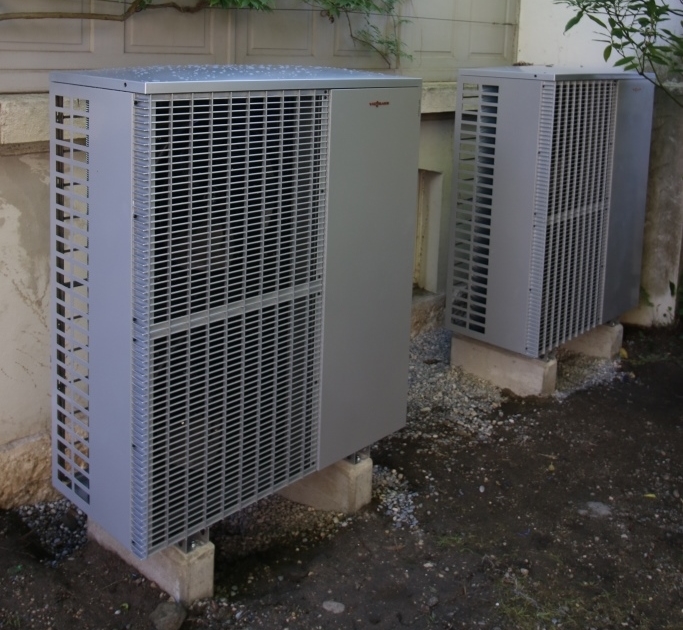 ZVG, Martin Omlin
ZVG, Martin Omlin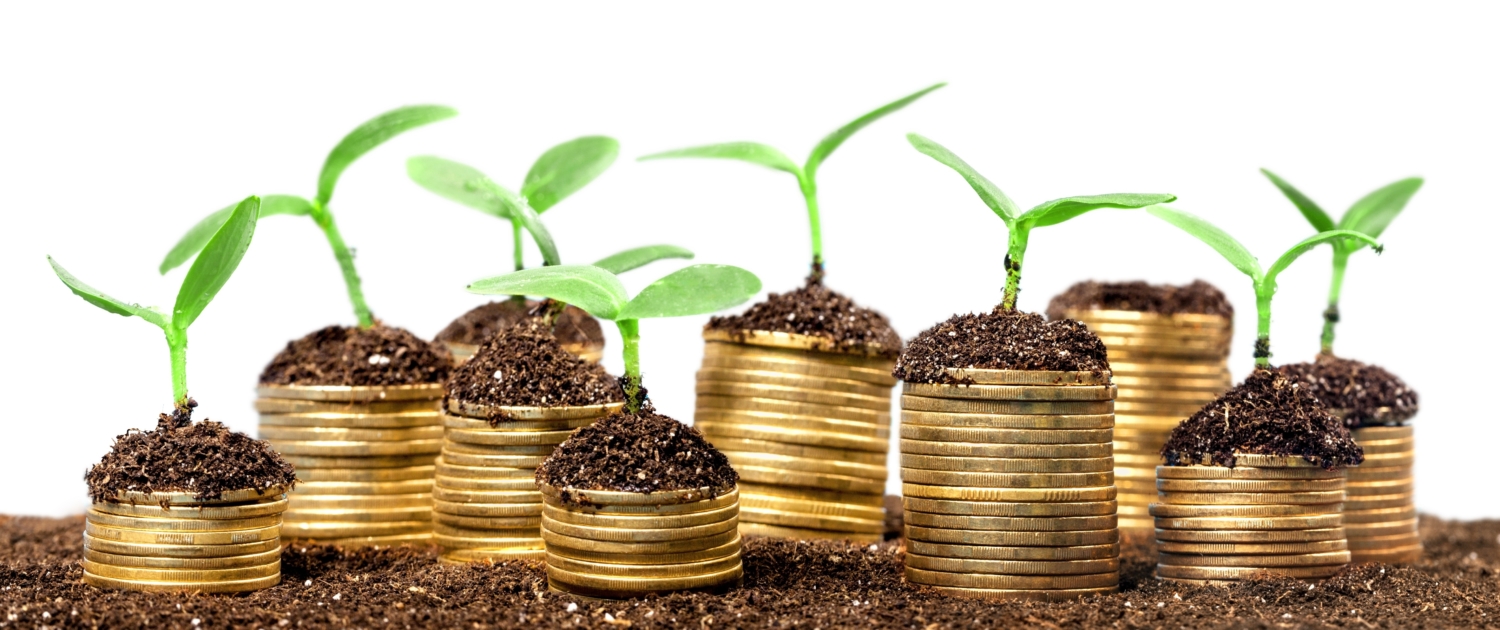 shutterstock
shutterstock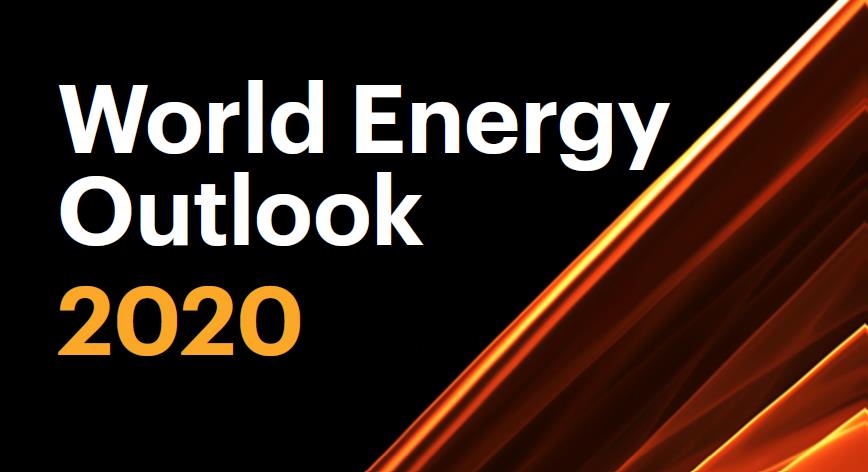 IEA
IEA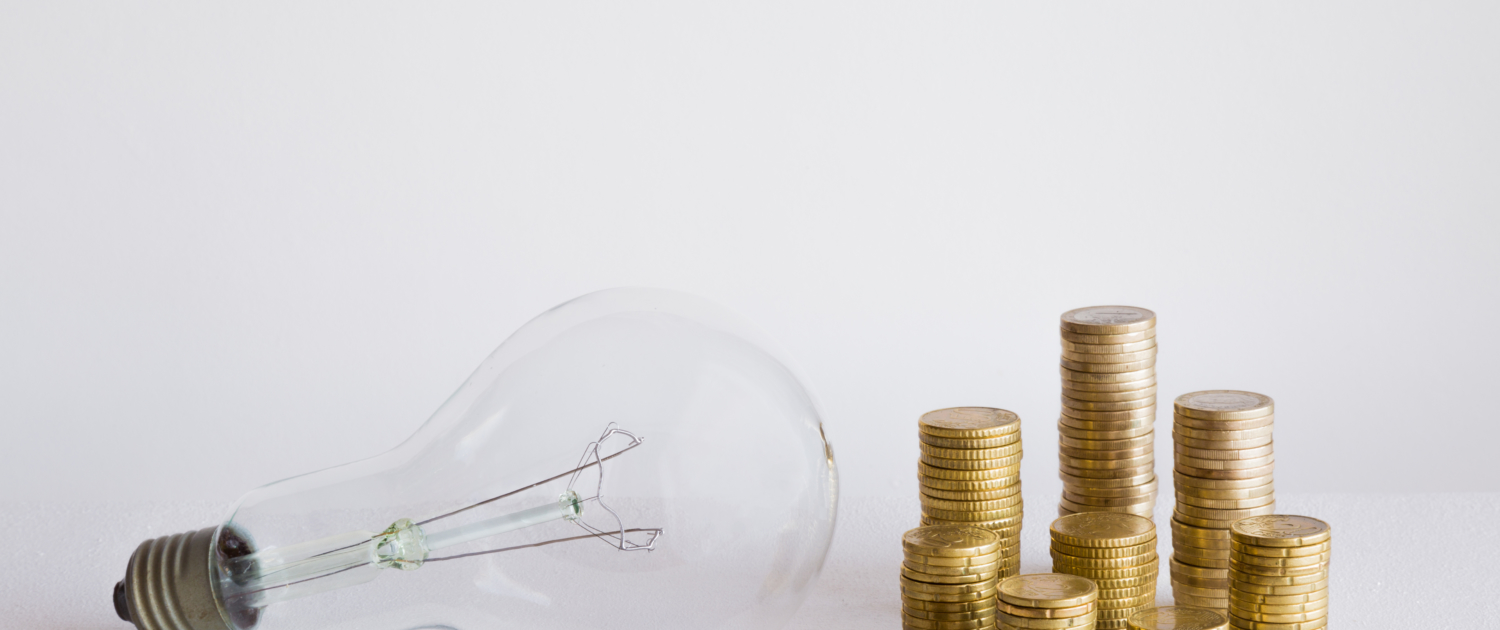 shutterstock
shutterstock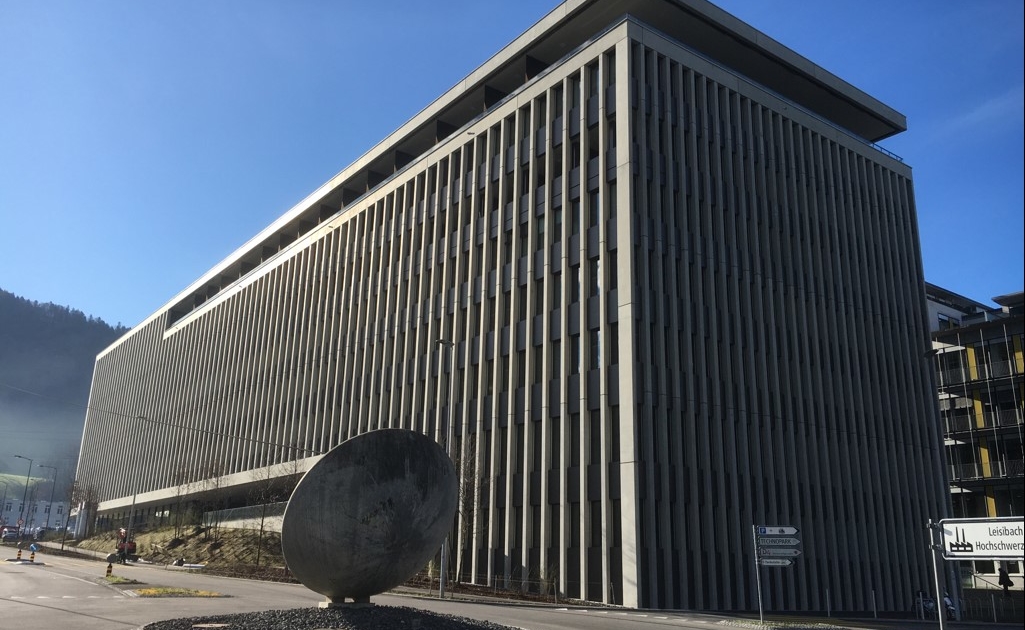 zvg/Suva
zvg/Suva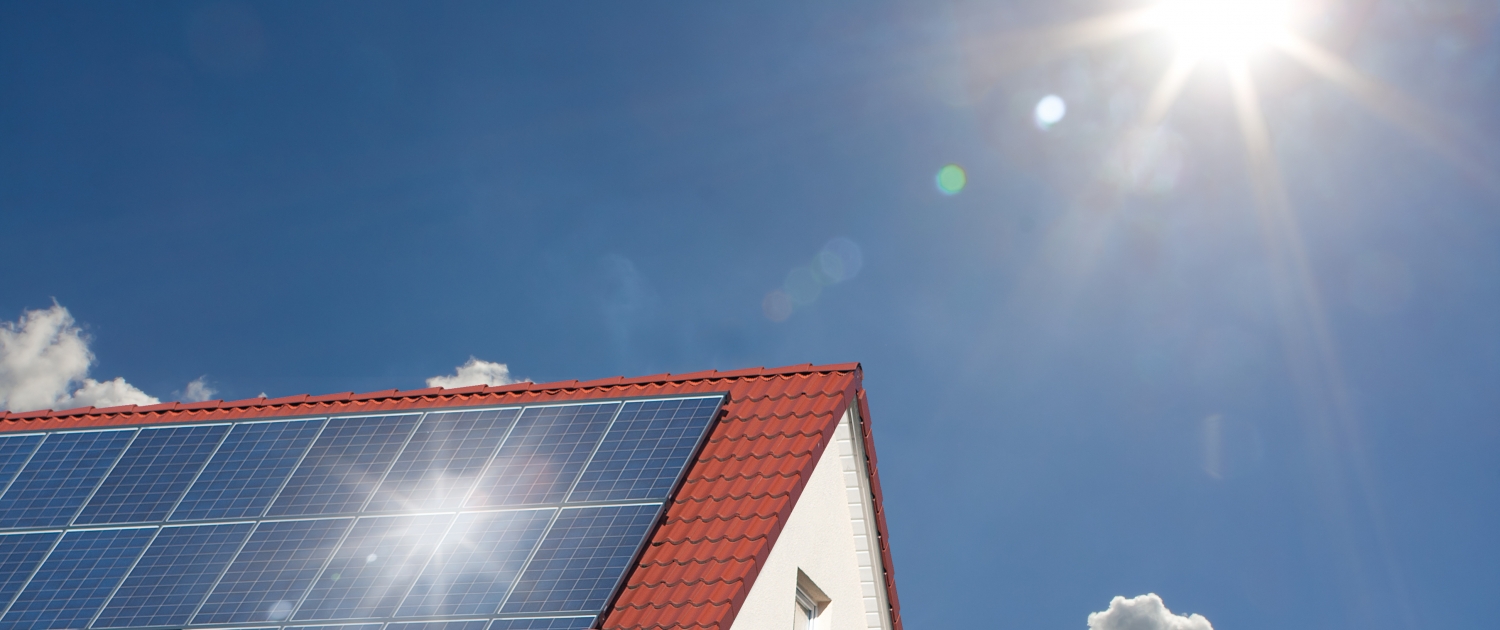 Shutterstock
Shutterstock BFE
BFE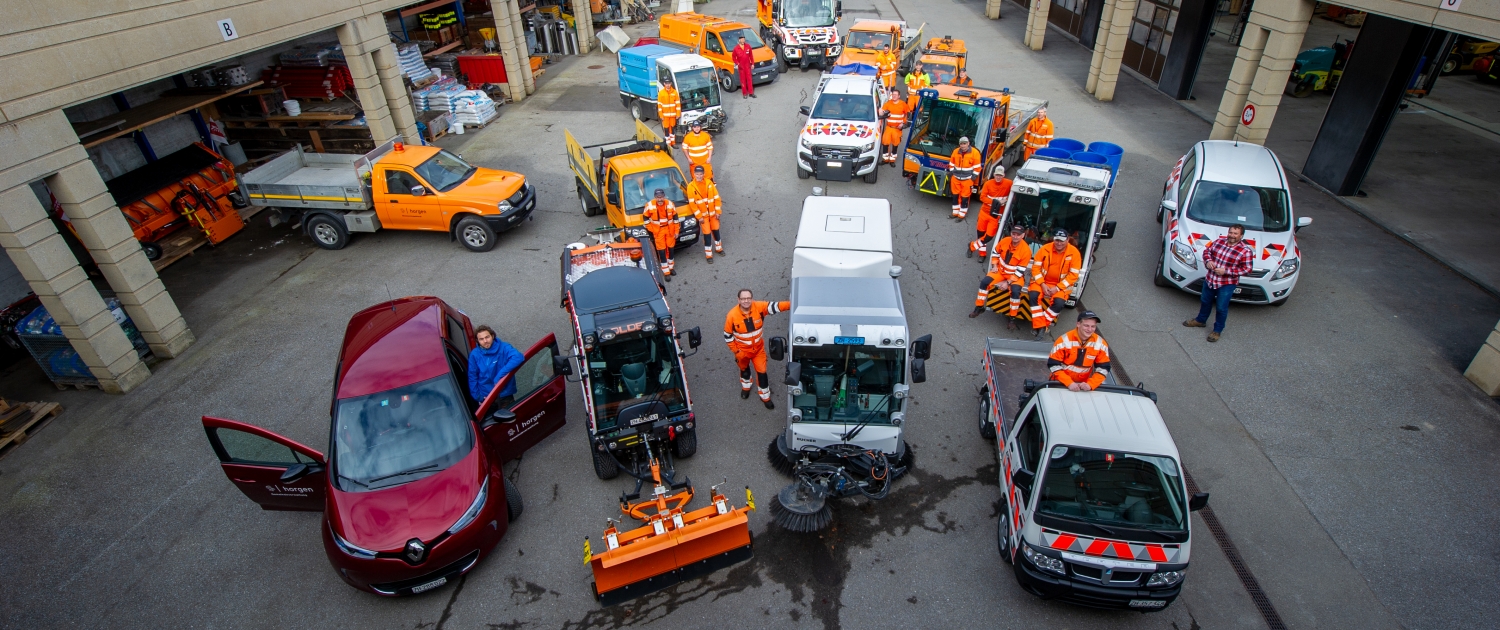 VSC Schweiz
VSC Schweiz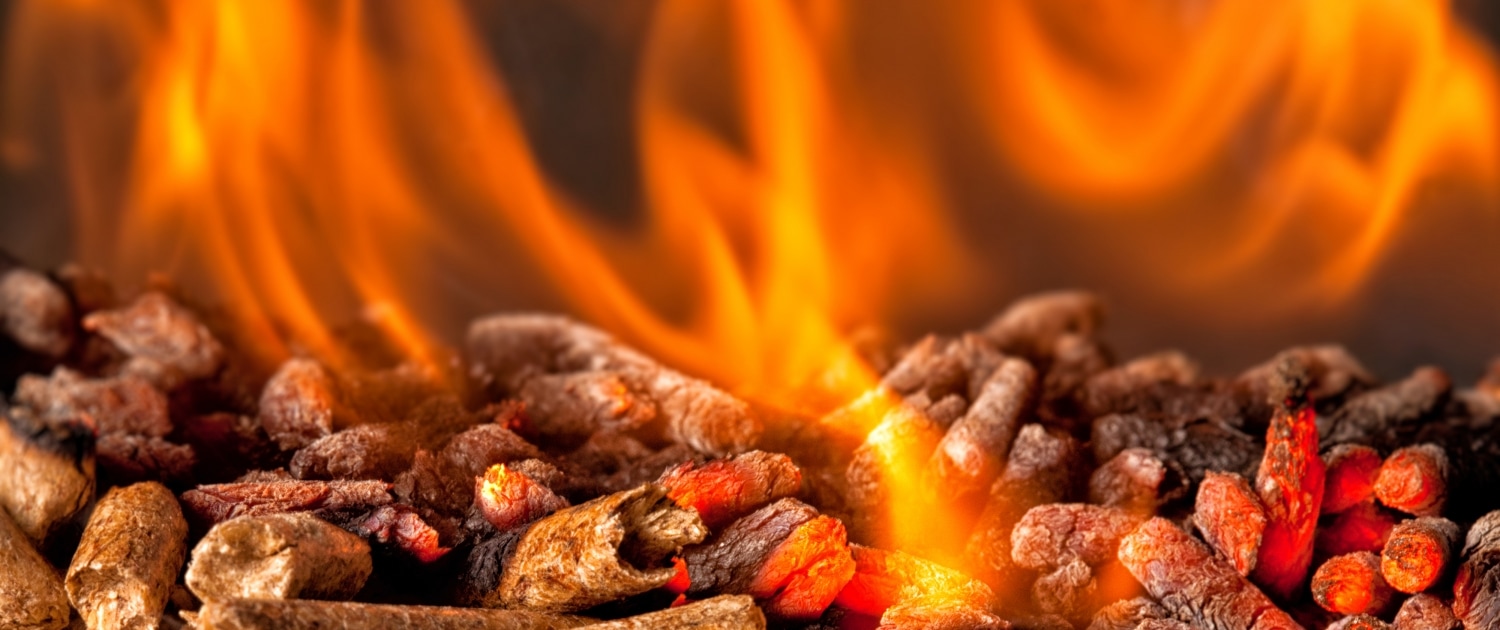 Shutterstock
Shutterstock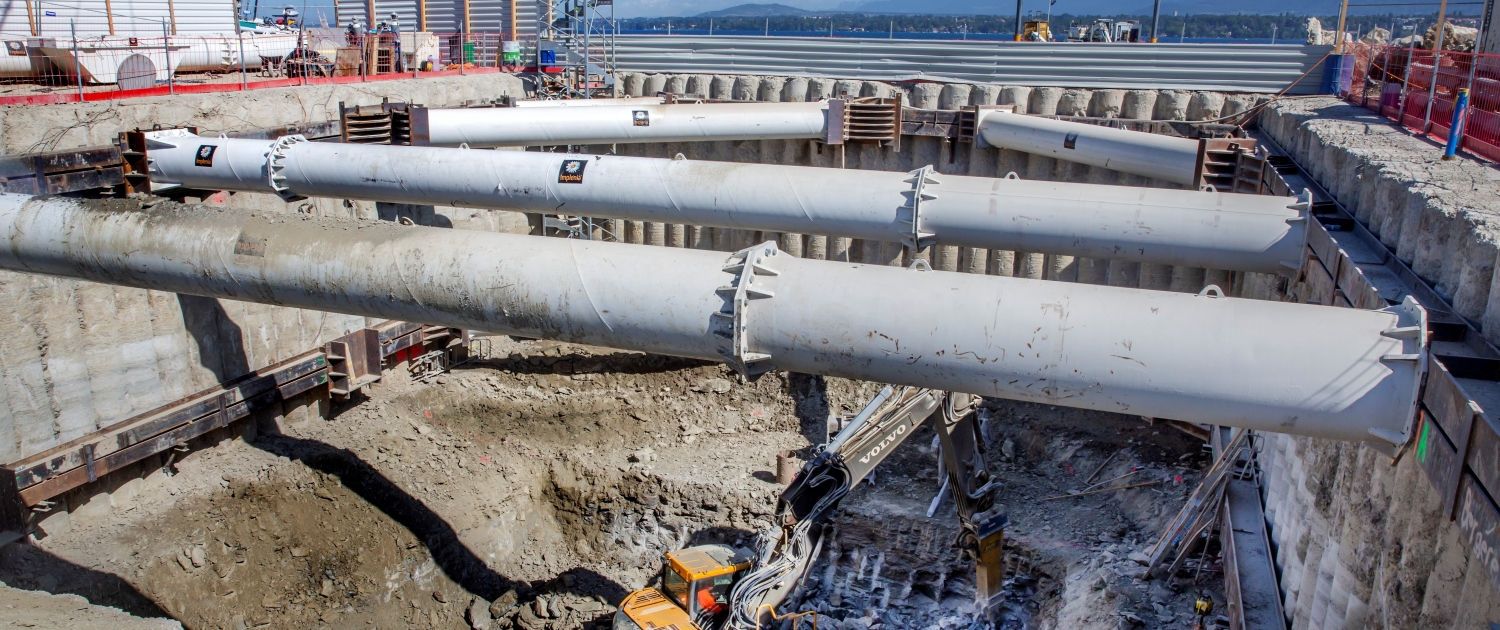 SIG
SIG